QuestionHallo. My daughter was givven four little goldfish, which we put in a fish bowl for almost three weeks. During that time I bought those little white pills for oxygen, colourd stones for the bottom, blue drops for the water and one plant for colour. Them came the day that i dicided to clean the bowl - all four died. Since then I have learned some lessons: blue drops should be put in before adding the fish, colourd stones should be rinsed off and fish should be left to 'float' for at least 15 min. Eight dead golfish, two pumps, one filter, four plants and a very large fish tank later, all I have are dead fish. What am I doing wrong? Is the water too cold? Is there someting wrong with the water? I can't keep up with the weird stories I have to keep telling my four year old about why she can't see her fish... you know "they are sleeping.."
AnswerHi Dalene,
The problem here is the goldfishes environment. I don't mean to be harsh or blame you at all, but bowls are not home for any fish. The reasons are the water gets polluted severely in a matter of hours in the bowl. Remember that fish are swimming in what's equivalent to their own toilet. And goldfish are particularly high-waste producers in comparison to other fish. The main problem here is ammonia, which is very toxic and produced by the fish. Even trace amounts can stress fish to the point of no recovery and higher amounts will just cause fish to perish.
Fish bowls just cannot support any fish for very long, unless you make 100% water changes every day to twice a day.
You can still have this problem in an aquarium. But you still should have an actual aquarium in order to keep goldfish happy and healthy. It sounds like you do have a tank now which is great but what you have to do with aquariums that can't really be accomplished in fishbowls is "Cycling" which basically means. Testing your ammonia levels (with a simple test kit from your petstore) everyday for a few weeks and making large (50%) water changes whenever the ammonia goes above safe bounds. You have to keep this up until special benenficial bacteria get established and colonized enough in your gravel bed and filter in order to take care of the ammonia. They eventually convert it over to less toxic compounds. First they convert the ammonia into nitrite, which is still toxic. But fortunately more bacteria convert the nitrite into nitrate--which is completely harmless and can build up in the aquarium with no harm, it is removed and kept at a decent level by your frequent maintenance water changes.
So with your aquarium, you will still have ammonia problems for a while until the tank "cycles" or establishes a sufficient colony of bacteria to take care of the ammonia.
But during this time you -must- test your water for ammonia. And ideally ammonia, nitrites, and nitrates just to see how far along you are in tank cycling. Like I mentioned earlier, goldfish produce far more waste than other fish of comparable size and therefore extra care must be taken to keep them safe during tank cycling. You can do large 50% or more water changes whenever ammonia goes above safe bounds, and you can use AMQUEL+ water conditioner, which neutralizes ammonia and makes it non-toxic to fish, but the bacteria can still use it. Don't rely on it entirely though.
You can also buy 'bacterial' supplements or so-called "Beneficial bacteria in a bottle" which can help along with cycling but they aren't absolutely necessary either.
Another thing to keep in mind if the source of the little goldfish...If they are "feeders" then you are starting off most likely with sickly and weak fish which probably wont survive cycling at all. Feeder fish are never ever treated well in petstores. And perhaps a much better alternative is to buy the simple "COMET" or "Sarasa Comet" goldfish which are not sold as feeder fish but given the care that all the other "more valued" fish in the petstore. Shubunkins are another very colorful goldfish that usually are given better treatment than 'feeders'. Or you could go for the simple Fantail goldfish which are quite hardy also.
Something you might want to consider is fish-less cycling your tank. This method involves no fish which prevents any fish from having to endure the sometimes bad conditions of a cycling tank plus it tends to be a faster and less stressful method for the fishkeeper! ;-)
You can read all about it here on this article:
http://www.aquatic-hobbyist.com/profiles/misc/fishlesscycling.html
The article uses PURE ammonia with no fragrances or additives. You must be certain of this if you go for this method. Many fish keepers also use a pinch of flake food to provide the ammonia source to get the bacteria going and they fishless cycle with no pure ammonia added but the ammonia produced by the flakes as they decompose.
Say if you decided to just cycle with fish. Then what I'd do is a 100% water change on your current tank (drain the water down to the gravel and then refill with dechlorinated lukewarm water) Once the filter and everything is running smoothly after a few hours (Or just the next day) I would go out and pick out 1 goldfish. He has to be very small. I don't know what size your tank is so I just have to make a rough estimate. A goldfish of about 1-1 1/2 inches should be the max. REMEMBER: no more goldfish or aquatic critters than this please! I know it'll probably be hard but the tank must be allowed to cycle first before you can gradually start adding 1-2 more fish at a time. With goldfish they should be given as much room as you can. It's best for them to have 10-gallons of water per fish. Goldfish can grow to large sizes and with their oxygen demands and waste production, they must have ample gallons to each one.
Acclimate your new goldie by letting him float in the tank for 20 minutes. Then carefully open the bag, take a half a cup of tank water and pour it into his bag, reseal it and let it sit for about 5 minutes then do it again. Repeat this until the bag water has just about doubled. Then gently net out your goldfish and try not to add any of the bag water to the tank. This method is far better than just floating. Because it not only acclimates your goldfish to the tank's temperature but also to the water itself, the chemistry and other factors that may be different than the petstore's water.
Now you should test for ammonia the day after adding your goldie. If it is high, a 50% water change should help. Watch your goldie for any signs of distress. You can do water changes as often as you need as long as you make sure the new water is equal in temperature to the tank water and that it is dechlorinated everytime.
Remember to feed -very- lightly during cycling. No more than 1 small flake once or twice a day. Once the tank cycles, you can give a little bit more and include some variety that goldfish just thrive on.
Well, I hope I've covered everything. The important things to remember are: Cycle your tank, feed lightly, don't overstock and keep up with those vital water changes.
Goldfish are not hard to keep, they just have special needs and they must have a cycled tank just like any other kind fish in order to be happy and healthy longterm.
I really hope this helps!
I'm sorry about all the trouble you've gone through!
Karen~
Some websites on goldfish you might be interested in:
http://goldfishutopia.com/
http://goldfishparadise.com/
http://www.kokosgoldfish.com/

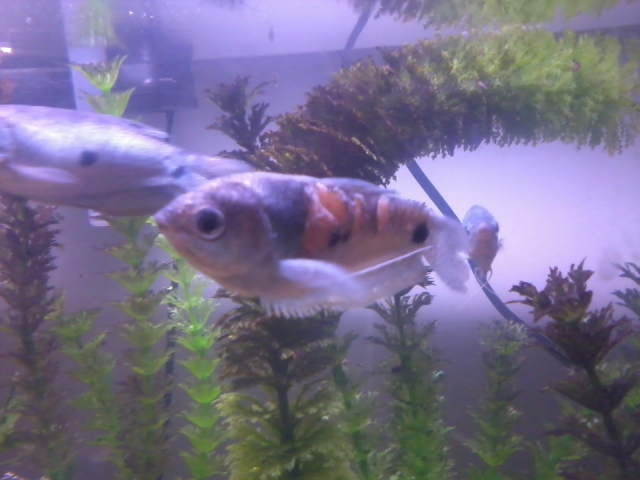 My gourami is sick!
Question
Deep flesh sores on Go
I have 5 gourami
My gourami is sick!
Question
Deep flesh sores on Go
I have 5 gourami
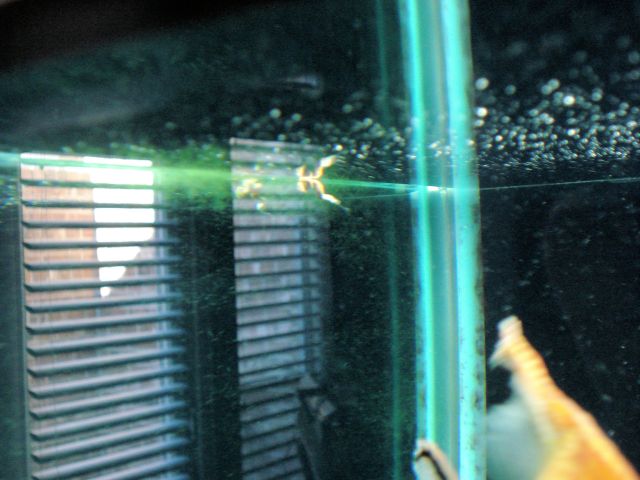 egg tube?
Question
Egg sack?
Occasionally, we have noticed
egg tube?
Question
Egg sack?
Occasionally, we have noticed
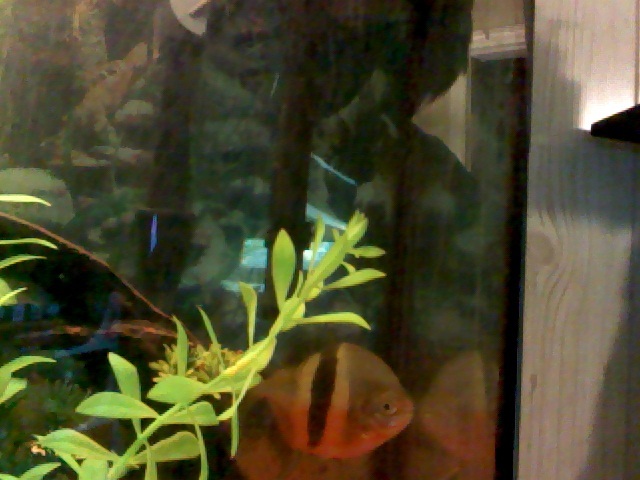 silver dollars
QuestionQUESTION: hello i have a 50 gallon fish tank an
silver dollars
QuestionQUESTION: hello i have a 50 gallon fish tank an
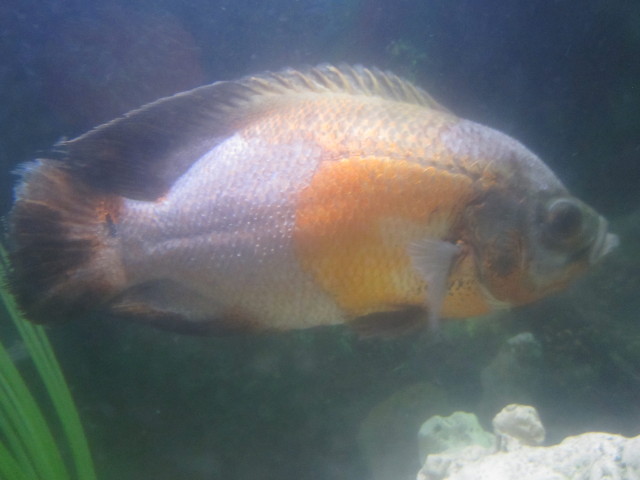 sick tiger oscar
Questionsick tiger oscar
QUESTION: Hi! I have a
sick tiger oscar
Questionsick tiger oscar
QUESTION: Hi! I have a
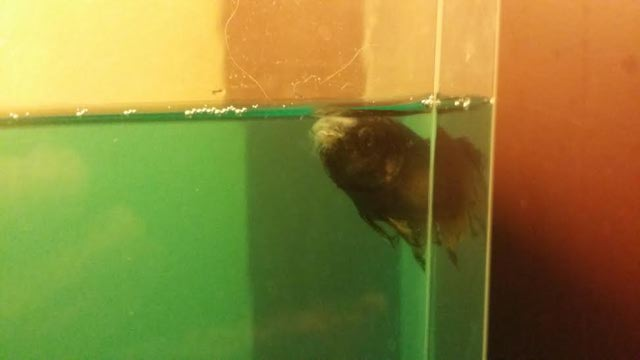 Betta with Mouth Fungus?
Question
Sick?
Hi I have a male betta with mouth
Betta with Mouth Fungus?
Question
Sick?
Hi I have a male betta with mouth